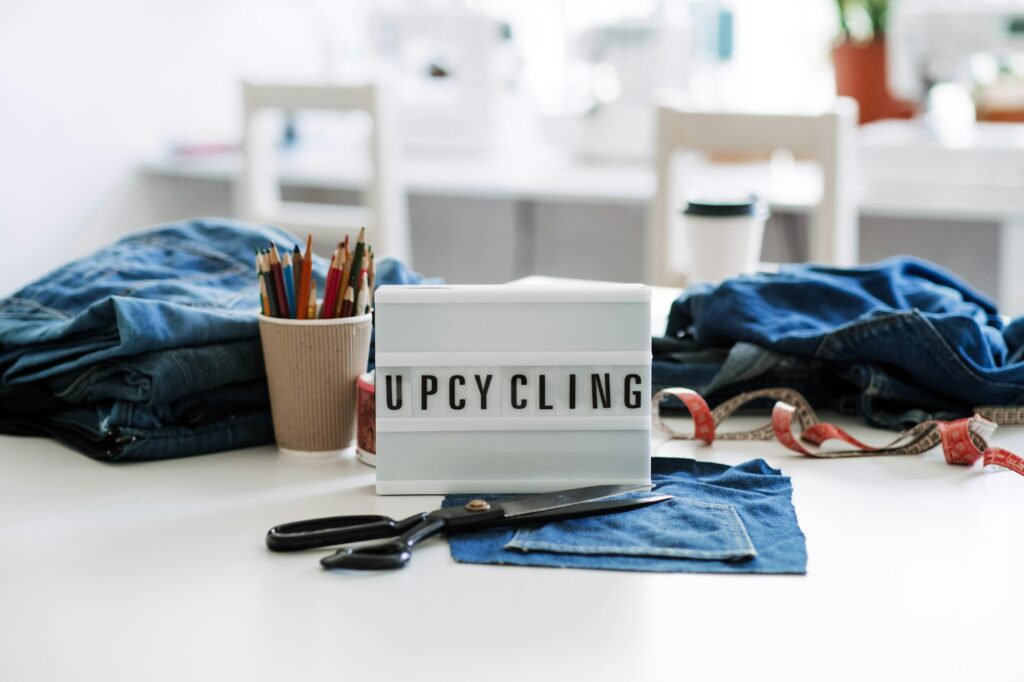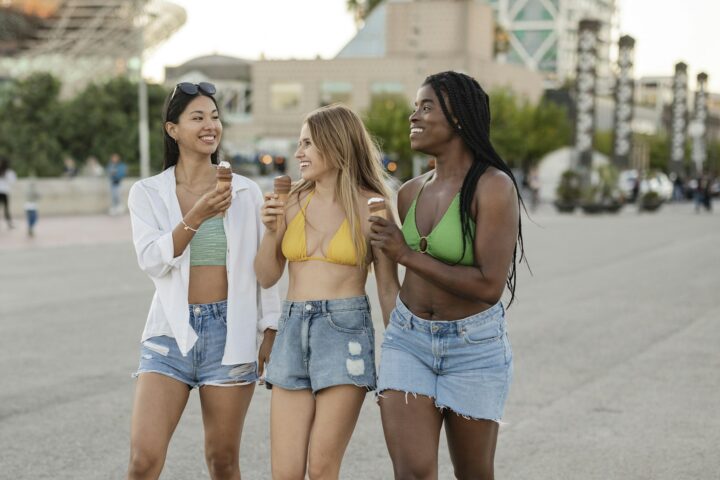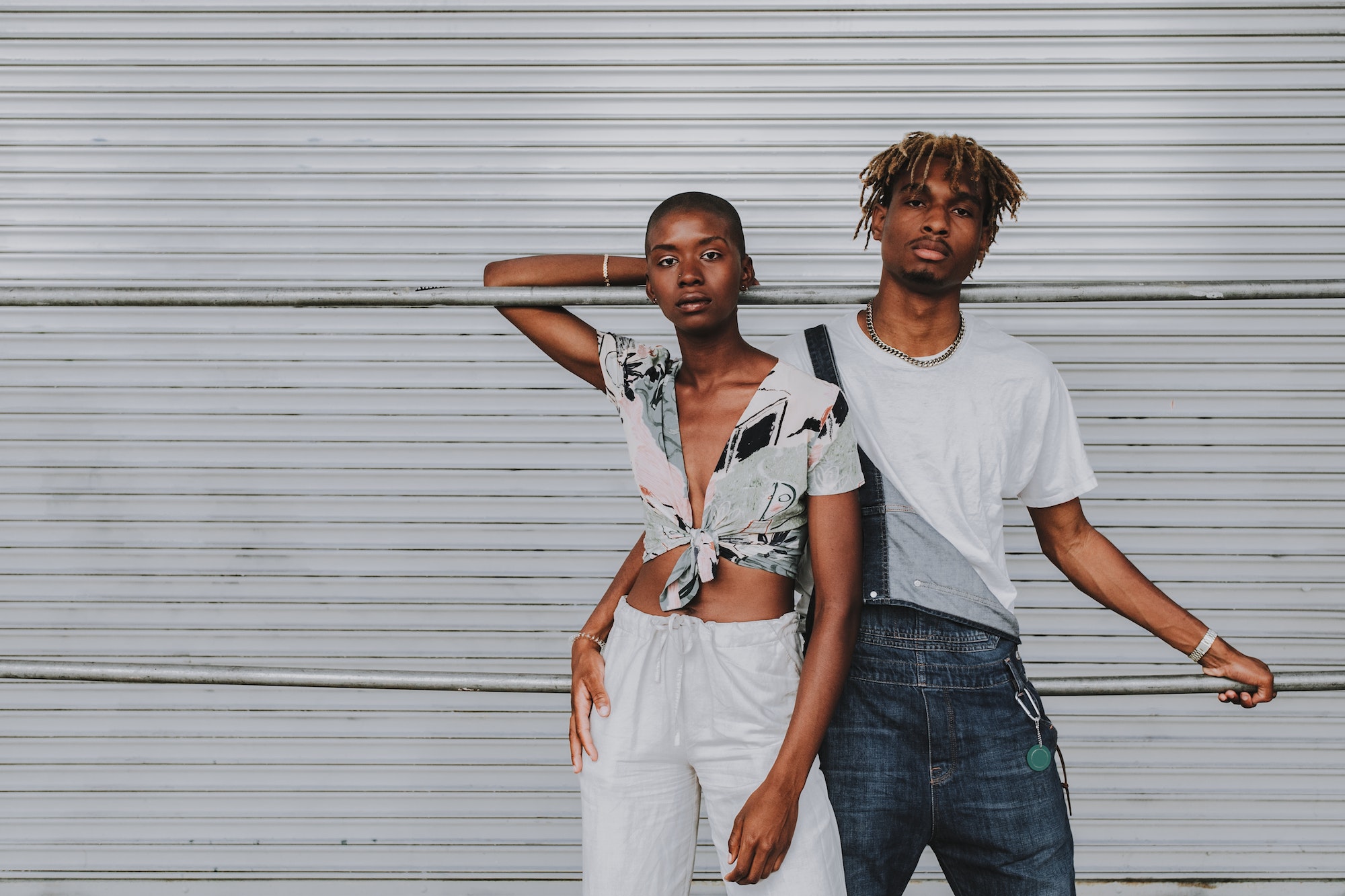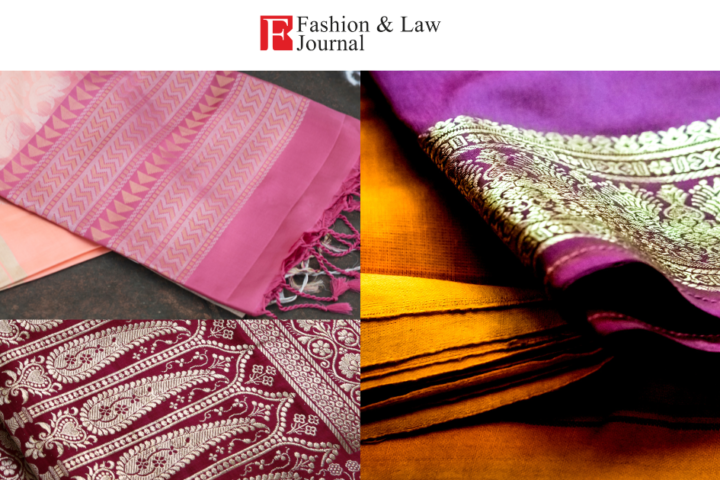Chanel, one of the most famous luxury brands in the world, is known for its elegance and timeless design. Chanel was founded by the iconic fashionista Coco Chanel in 1909 in France, who is known for revolutionising women’s fashion. Throughout the years, Chanel has established its presence in the luxury fashion industry by giving life to luxury goods and accessories, haute couture and ready-to-wear garments, thereby creating classic products which represent the history, style and spirit of Chanel as a luxury brand. Chanel has constantly produced iconic masterpieces like the Chanel No.5 perfume and the Chanel 2.55 handbag series, which not only captivated fashion enthusiasts but also captured an immense fanbase. According to the Forbes ranking, Chanel was positioned as the third most popular luxury brand online in 2023. The French fashion house saw a 26% growth in website traffic despite its traditional resistance to online sales, thus showcasing Chanel’s strategy of capturing the market. Despite initial hesitance towards the online platform, the content strategy created by Chanel, which included constantly sharing content on social media platforms created by the brand, has helped it to surpass other luxury counterparts like Burberry, Prada, etc.
Chanel’s success as a high-end fashion brand is tied to different factors. One of them is the Unique Selling Proposition (USP). Chanel is known for timeless, comfortable, ready-to-wear fashion, also known as prêt-à-porter, which is of high quality with an aura of elegance and classic style. They are known for their commitment to innovative designs with quality craftsmanship. This has not only solidified their position as a leading luxury fashion brand but also helped them gain the tagline as a loyal consumer brand. Moreover, they also have a commitment to protect the environment by incorporating environmentally friendly design and production processes. This also helps the brand to have a good standing in the market.
Beyond ready-to-wear fashion, Chanel is known for producing haute couture for both men and women, which includes both daywear and evening clothes. Moreover, Chanel also has iconic accessories, which include high-end handbags for both men and women, fine jewellery, fragrances, makeup and skincare. The brands’ eyewear, shoes and watches add a finishing touch to the final look.
Chanel’s strategic success is not just confined to its product line but also to the target market. Chanel typically targets individuals who are wealthy or affluent or someone who has taste in luxury fashion coupled with luxury makeup and skin care products. Moreover, it can be seen that Chanel’s audience seeks a blend of classic elegance and modern style. Chanel’s main target market ranges from women from 18-50 with an annual income level of around £ 80,000 to £ 100,000. Additionally, the brand has also started expanding its market to developing countries like India, where there is a rapidly growing economy coupled with an enormous population.
Chanel products always have premium prices that cater to the spirit, exclusivity and exceptional craftsmanship of the brand. The price ranges of Chanel products reinforce the perception of the luxury status of the brand. Even the essential products from Chanel cost a few hundred dollars, making it one of the luxury products for affluent people in society. Chanel’s pricing range differs based on the category of the products. For example, Haute Couture is priced in the extremely high-end segment, which ranges from $10,000 to $100,0001. Similarly, the daily wear is also priced high but not higher than the haute couture. When it comes to handbags, the pricing range differs based on the material, size and the designs that are used. Chanel also has specific bag collections like the Chanel 2.55 handbag series, and the Chanel Black Small Flap Bag embellished with Glass pearls, which is priced at $7,000.00 (USD), and the Chanel Gold Metallic Mesh Mini Flap Bag is priced at $10,400.00 (USD). Despite the economic downturn, Chanel has maintained its pricing without reduction, firmly asserting that their products are tailored for individuals who appreciate and acknowledge the inherent value within them.
Even though Chanel products are priced at the high end, these are still favourites of the consumers, which have withstood time and changes. This includes the Chanel 2.55 Handbag, which was unveiled in 1955. This bag has revolutionised the idea of women’s handbags. Another hero product of Chanel is the Chanel suit, which is a boxy tweed jacket and skirt suit. The Chanel suit is considered as the brand’s modern clothing style that empowers women. Similarly, the little black dress is still one of Chanel’s top-selling products, which is considered the epitome of elegance. No. 5 perfume is also one of the top-selling perfumes in the world and is considered a legendary fragrance.
In order to remain as a globally renowned brand, Chanel targets a diverse demographic by focusing mainly on the younger generation. The appointment of acclaimed actor Timothée Chalamet as a brand ambassador reflects Chanel’s effort to appeal to a more youthful audience. However, the fame of Chanel rose, especially in 2023 when the brand dressed famous celebrities for the Met Gala, which showed the prominence of the brand. Moreover, Chanel also opened the most extensive boutique in Beverly Hills, thereby solidifying the position of the brand in the global landscape. The brand primarily targets rich women consumers but also has products, especially the top-notch fragrance range that caters to men. As a well-known brand among Hollywood stars and the wealthy elite, Chanel retains its legacy by creating limited edition goods, especially in black and beige colours. Moreover, the business operations of the company are environmentally friendly, which enhances its acceptance among consumers.
In terms of social media, Chanel has a good presence on platforms like Instagram, with over 44 million followers. Moreover, Chanel is also active on Linkedin, Facebook, Twitter and YouTube with good audience engagement. This significant social media presence makes it one of the most followed fashion brands on social media while maintaining its elite status.
Chanel competes primarily with other high-end luxury brands like Christian Dior, Gucci, Prada, Burberry, and Zara. However, its elite status coupled with exclusive products that are crafted with status helps Chanel to set itself apart from its competitors. This helps Chanel to stand out as an iconic luxury house
Even though Chanel is known for its iconic brand image, the company has been involved in numerous high-profile lawsuits to protect its intellectual property and brand reputation. The most recent case involves Chanel suing the resale company What Goes Around Comes Around (WGACA) based in New York. Chanel first filed a lawsuit against the resale company in March 2018. The years-long dispute finally went to trial in a New York federal court a few weeks ago, with both sides disputing trademark infringement, false advertising, counterfeit goods claims, and other issues. In this case, Chanel alleges that WGACA sold counterfeit Chanel bags and misused Chanel’s trademarks in its branding and advertisements. Chanel argues this creates a false impression that WGACA is affiliated with or authorized by Chanel. This landmark case will analyse the responsibility of a company when counterfeit goods end up in second-hand retail and how resellers can promote the brands they carry. This is closely watched by the IP jurisprudence community as the case covers grey areas in trademark law.
Even though most luxury brands, like Chanel is entangled in multiple lawsuits, it is vigilantly safeguarding its exclusivity and status as a timeless luxury. It is leading as one of the brands by balancing tradition and innovation.
Author: Meghna S.S










